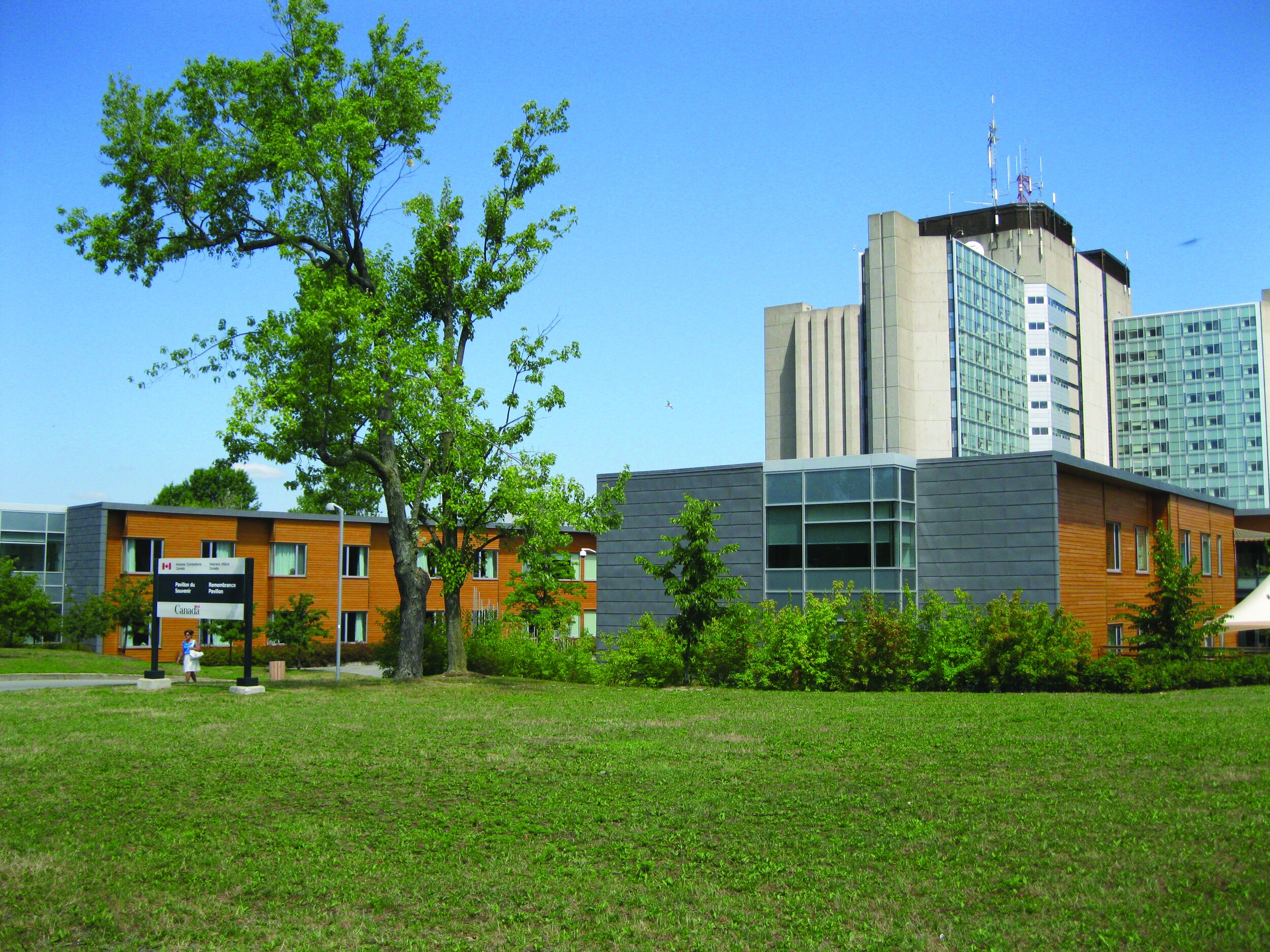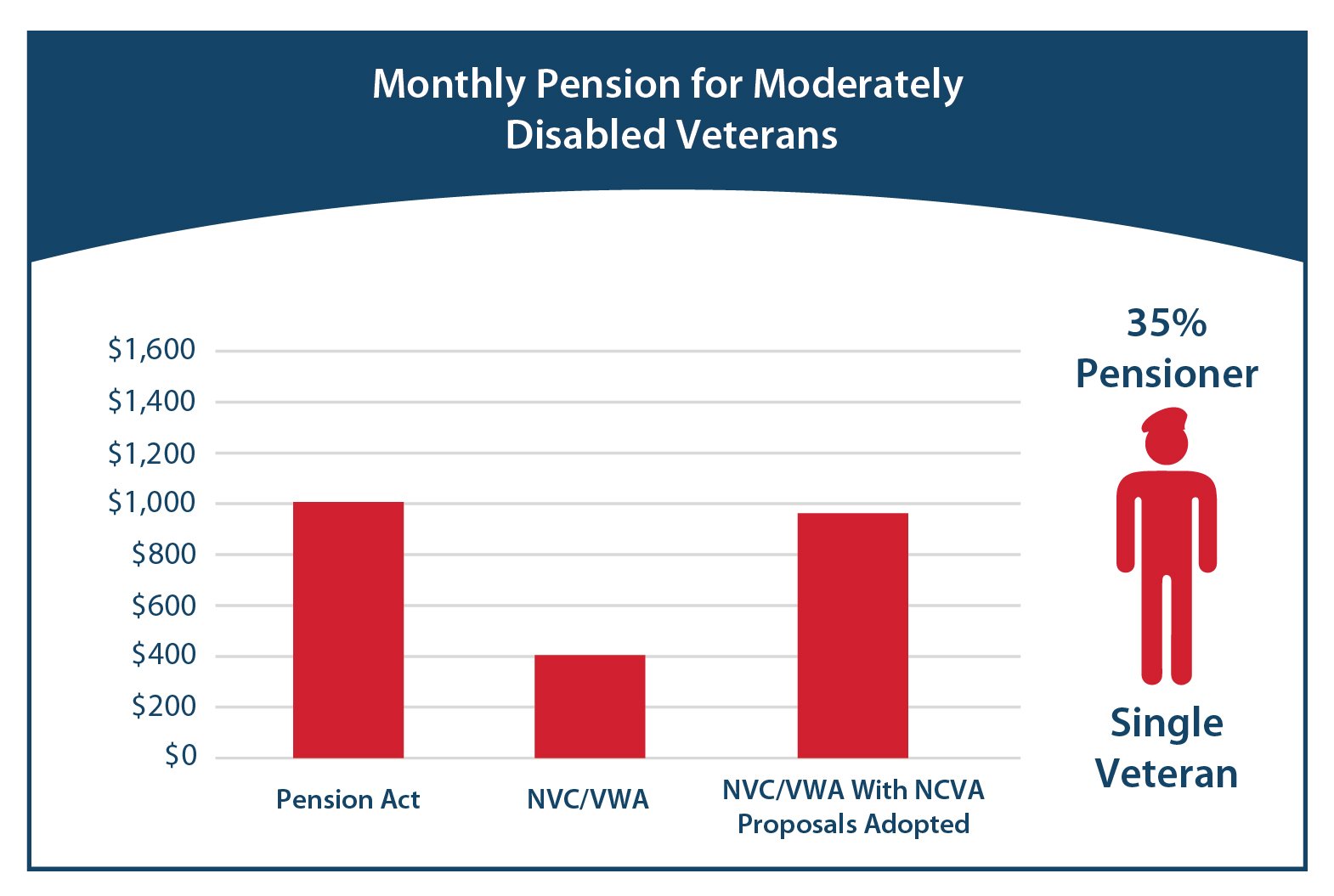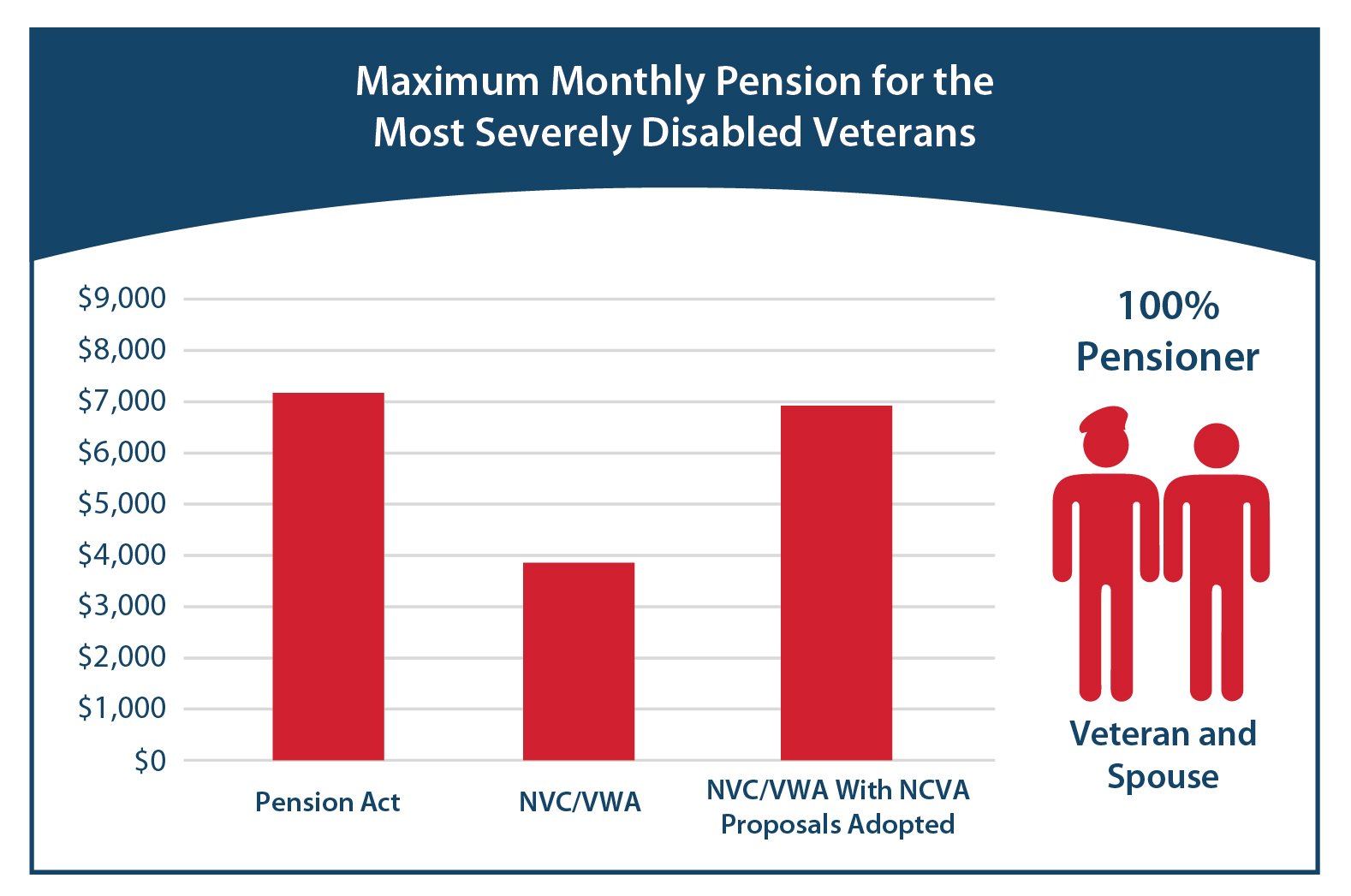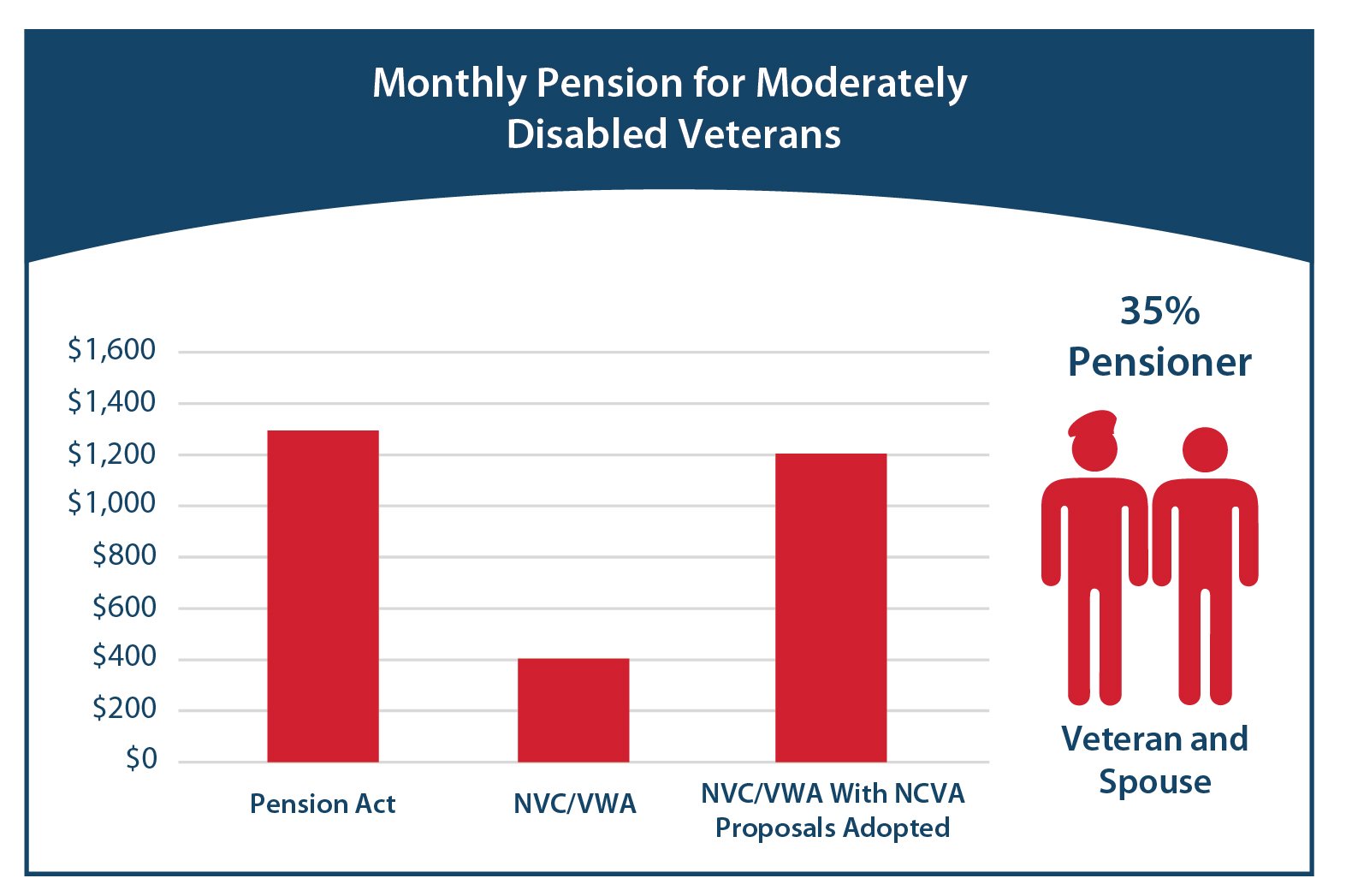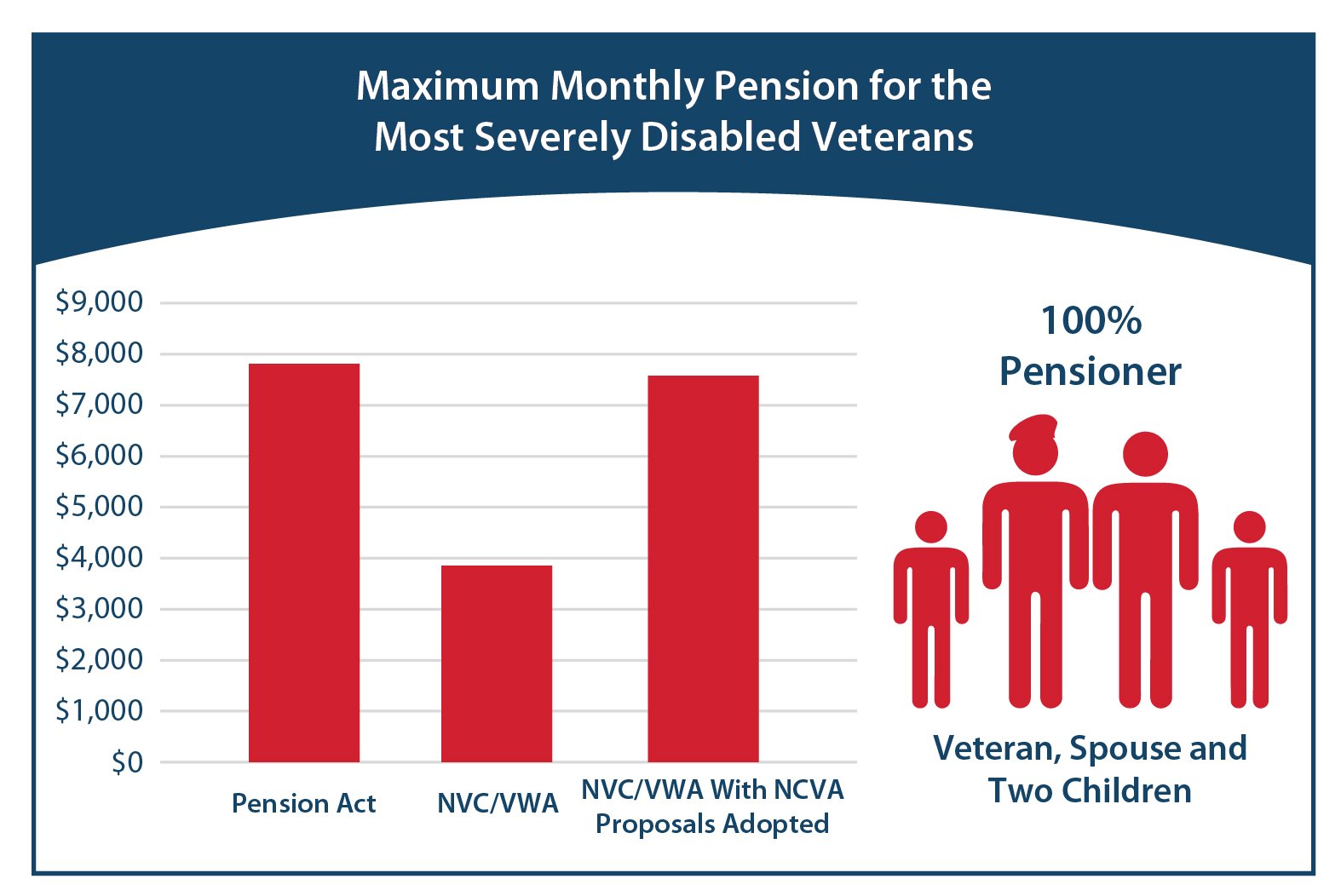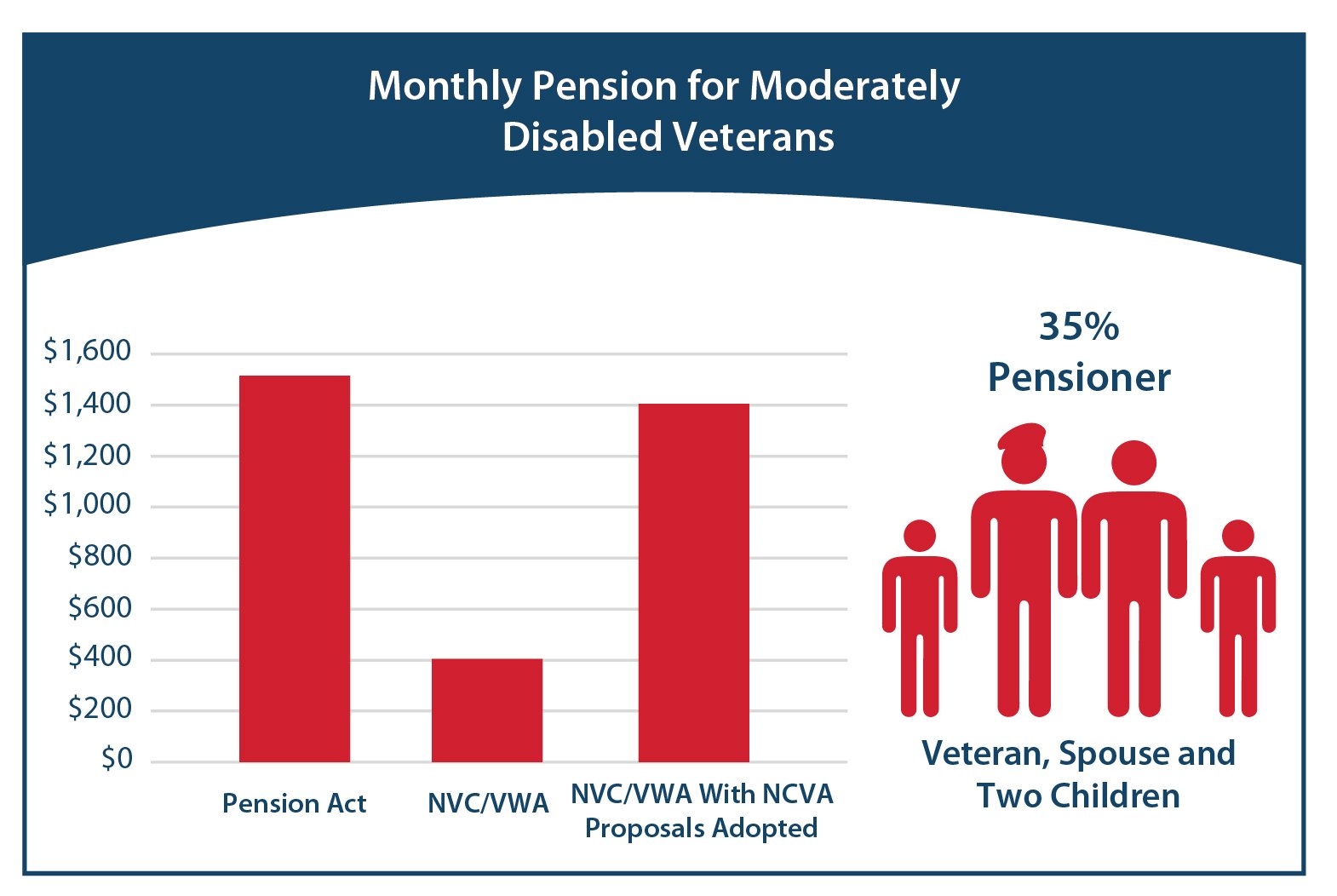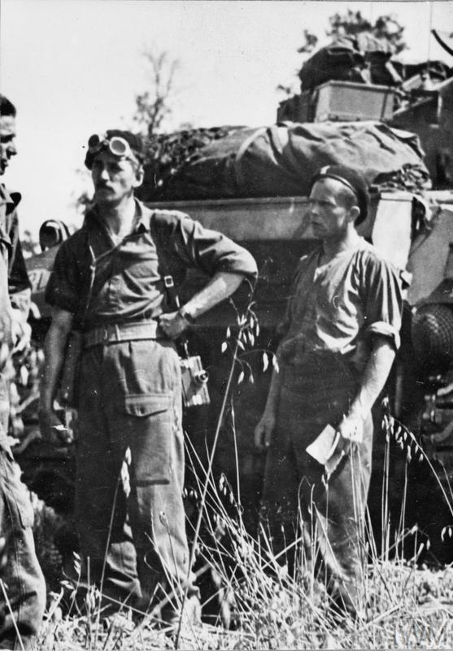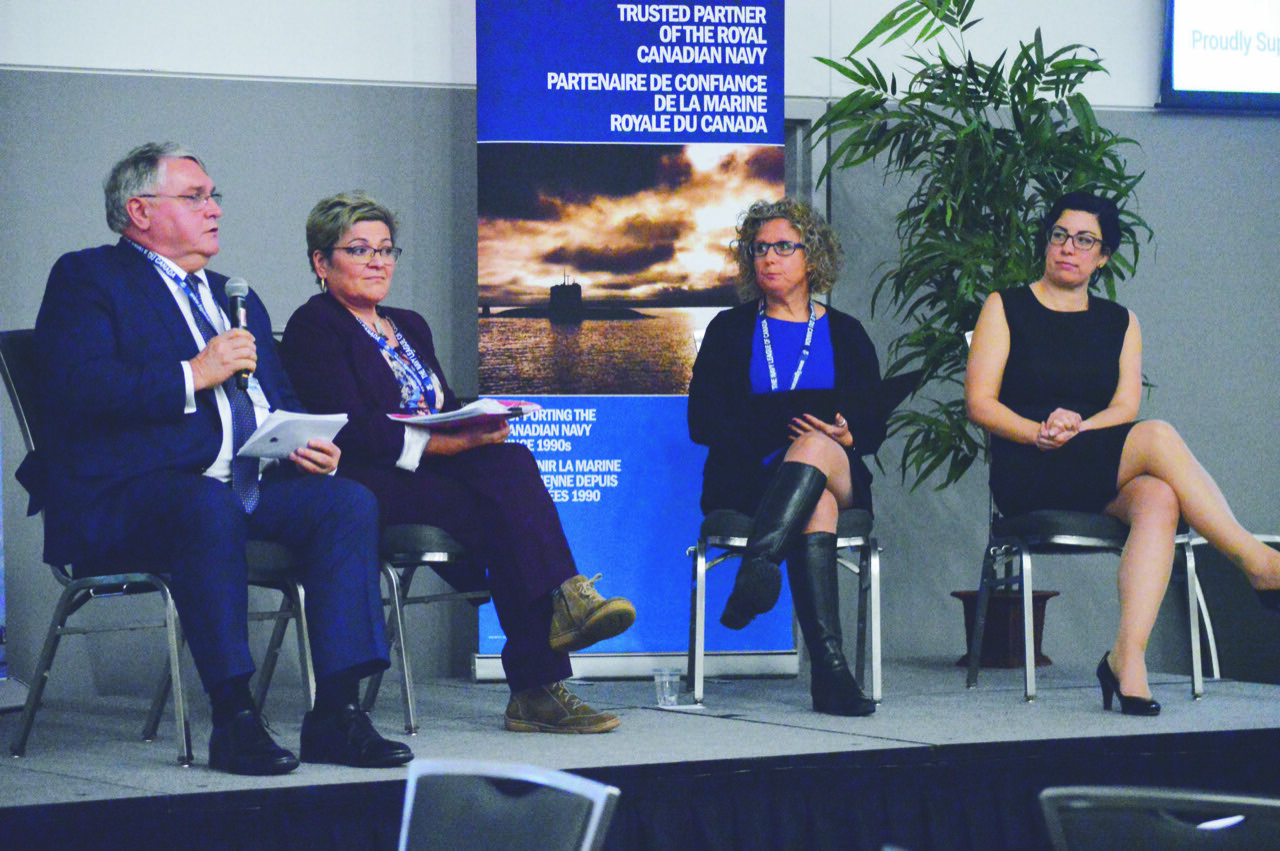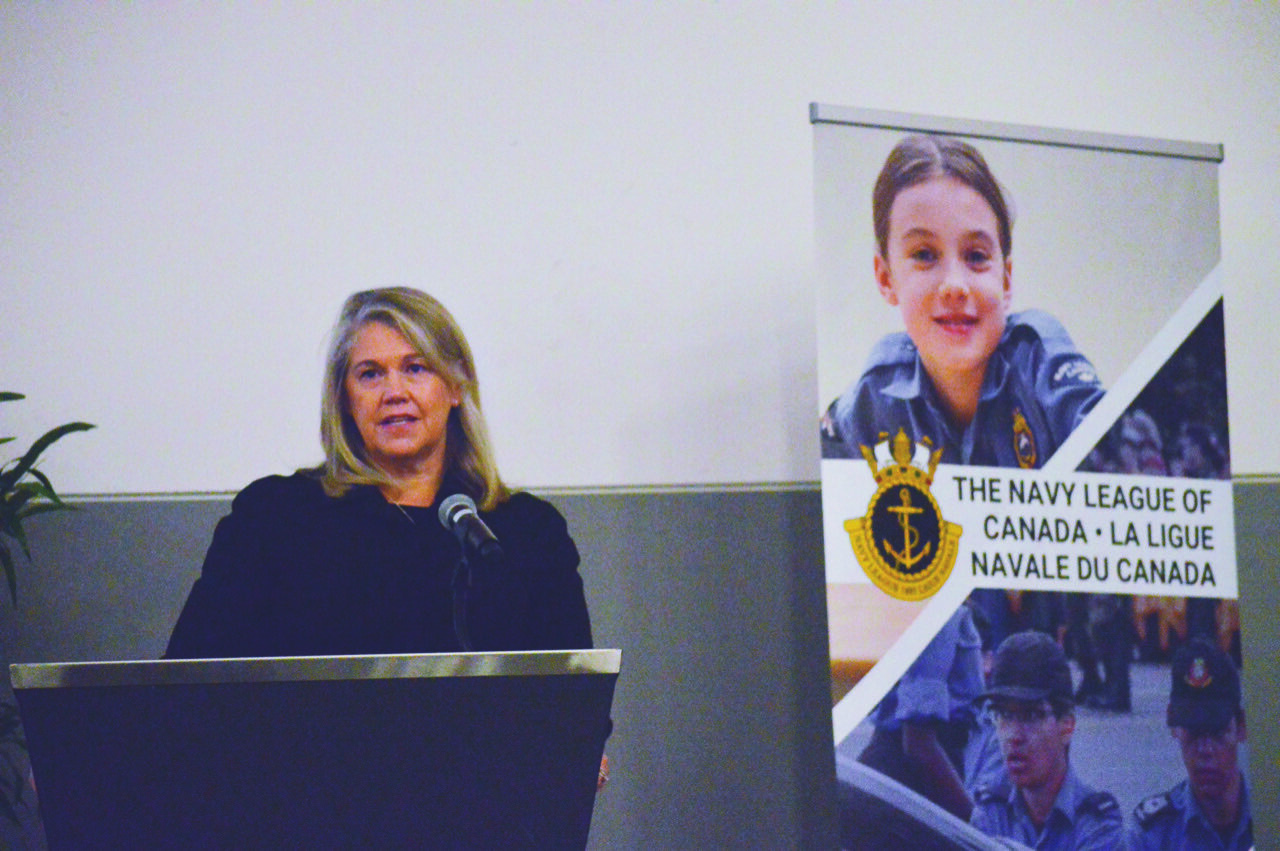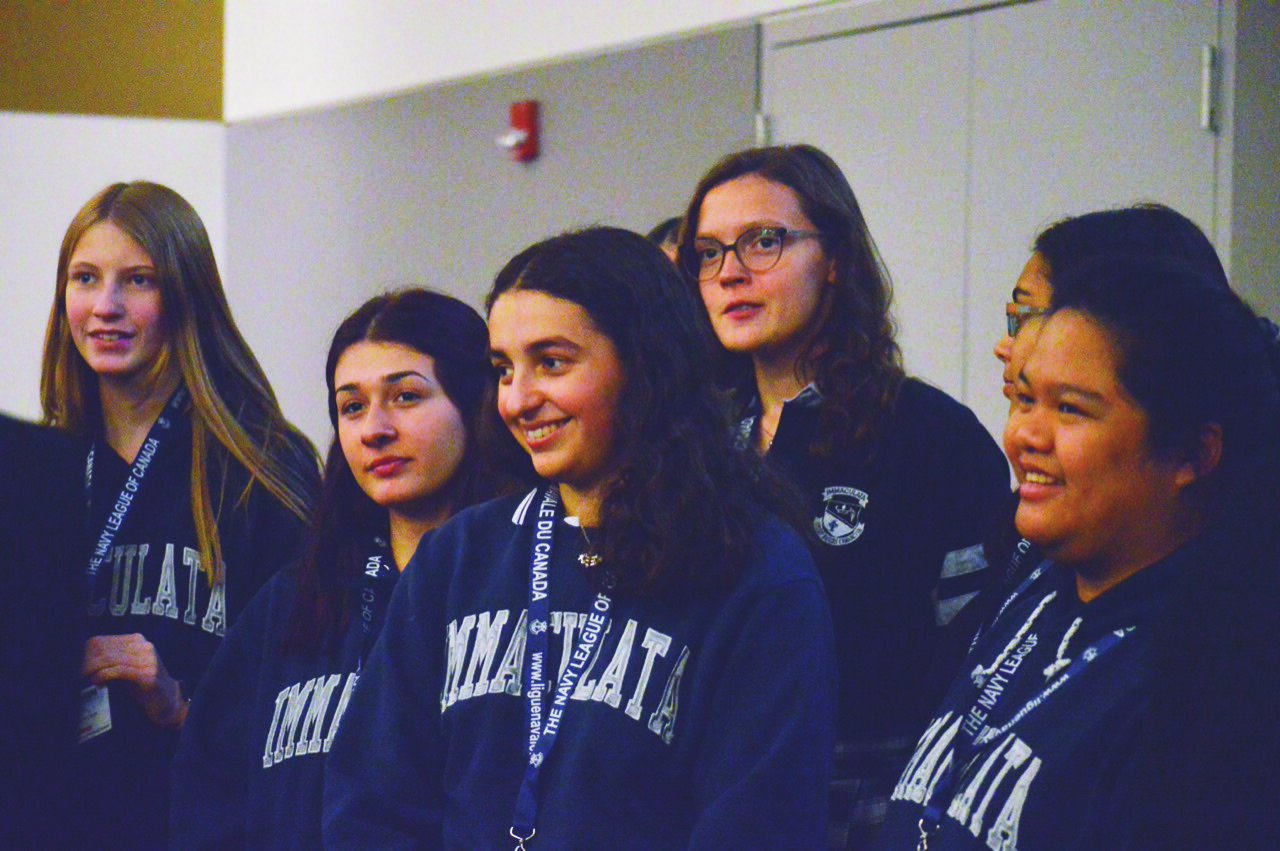RECOMMENDATION 1
Post COVID-19, the priority must be to get the economy rolling again. Apply these clauses, expedite projects and generate jobs for Canadians
2. ONE MINISTER ACCOUNTABLE
For over a decade, I have been a fervent advocate for the need to establish one point of accountability. Quite simply, there is excessive overlap and duplication between the roles of the Minister of National Defence and the Minister of Public Services and Procurement Canada. Unless and until one minister is placed in charge of defence procurement, it will never be as efficient and effective as it could be.
How did we get to the point where we have multiple ministers in charge? A brief review of the history of defence procurement is relevant.
The decision to establish a federal department with authority for procurement was a government response to the angry reaction by the Canadian public to profiteering during World War I, and subsequently to the infamous “Bren Gun” scandal of 1938. As a result of the scandal, the government quickly reacted and in 1939 created the Defence Purchasing Board with exclusive powers to enter into contracts to purchase munitions and the power to control profits.
The Defence Purchasing Board was replaced by the War Supply Board. On April 9, 1940, the Department of Munitions and Supply Act was proclaimed to provide for the requirements of the Armed Forces of Canada. The Department of Munitions and Supply was established to administer the Act. On April 1, 1969, Parliament passed the Government Organization Act. This created the Department of Supply and Services and included the Department of Defence Production (except for the International Programs Branch), the Shipbuilding Branch from the Department of Transport, and a range of other services and programs consolidated from various organizations.
In June 1993, Public Works and Government Services Canada (PWGSC) was created through the merger of the Department of Supply and Services and the Department of Public Works. In 1996, legislation confirming the merger and establishing the new department was enacted. The department was intended to operate as a common service agency for the Government of Canada in support of departmental programs and, importantly, enhance the integrity and efficiency in the contracting process. In the fall of 2016, PWGSC was renamed Public Services and Procurement Canada (PSPC).
In summary, with respect to procurement, PSPC evolved with the objective to save the taxpayer money by taking advantages of economies of scale and to ensure integrity in the process by providing oversight. The question today is whether these objectives remain valid with respect to defence procurement. Not only do I not believe they are valid but I believe having multiple departments involved impedes performance and undermines accountability.
First, the PSPC mandate to provide common services has little, if any, impact on the procurement of defence-specific goods and services. The acquisition of military goods and services is not a common service, but rather a DND-specific service. No other department is going to acquire these kinds of weapons systems and as such no efficiencies through economies of scale are realized by PSPC. in fact, costs are unnecessarily driven higher.
Second, while PSPC oversight historically helped to ensure integrity in the process, today there are other mechanisms that serve the same purpose. Of particular note is the role of the CITT, the court system, the Auditor General of Canada, the media, and the general openness of our society in helping to guard against any manipulation of the system. There is no doubt that anyone working on a DND procurement file is aware of the dangers in operating with anything less than full openness, integrity, and fairness. It is noteworthy that PSPC itself has acknowledged that it is incapable of ensuring the integrity of the defence procurement process. On September 14, 2007, it issued policy notification 86 (PN-86), asserting that it would no longer be accountable for the information provided by departments. This change is reflected in section 1.10.5 (e) of the PSPC Supply Manual which now states, “Clients are responsible for ensuring that all information relating to their requirements, which is provided to PWGSC, is complete and accurate”. The technical statement of requirements (SOR) defined by DND is obviously the primary means to wire or fix a procurement (witness the F-35 SOR debacle). Rather than finding ways to validate the openness and fairness of the SOR, PSPC decided to abdicate its role and admit defeat in ensuring integrity over the entire process.
On March 18, 2010, the Honourable Peter MacKay, then Minister of National Defence, appearing before the Standing Committee on National Defence said the following with reference to the replacement of the Fixed-Wing Search and Rescue program:
“We've also faced the reality that this involves more than just one department, as you can appreciate. DND does not go out and negotiate the contract for equipment. That is left to the Department of Public Works. Industry Canada, obviously, has the most direct interface with the industries that are involved in the building of fixed-wing search and rescue aircraft.”
It is time for the hypocrisy to end. Governments should no longer be entitled to proclaim their unqualified support for the military while consciously neglecting to take this one step – providing one point of accountability - mandatory to ensuring the timely provision of goods and services to the men and women serving this country. Governments should not be entitled to lament the complexity of the procurement process and yet refrain from taking steps to dramatically and significantly simplify the process.
Ironically, instead of clarifying and strengthening accountability, over the past few years we have witnessed a continuing erosion and confusion surrounding accountability. Under the new Defence Procurement Strategy (DPS) a new Permanent Working Group of Ministers was established, supported in turn by a new Permanent Deputy Ministers Governance Committee. Also introduced was a Defence Analytics Institute as well as an Independent Panel on Defence Acquisitions, consisting of an unaccountable group of outside experts with a mandate to challenge the military’s requirements. Through this maze of committees and advisors, it is even more difficult to pinpoint the minister accountable for defence procurement.
The concept of clear accountability was also a recommendation in the Canadian Association of Defence and Security Industries’ (CADSI) December 2009 report. In this report, CADSI recommended that, “overall accountability for the combined responsibilities of defence equipment and the defence industrial base should reside at the Cabinet level in one Minister.”
Addressing this governance issue will not solve all the procurement problems, but it is a necessary first step. Amongst our close allies, Canada stands alone with its system of dispersed accountability. In the United States, the Secretary of Defense is accountable for military procurement. In the United Kingdom, this responsibility falls to the UK Secretary of State for Defence. In Australia, defence procurement is under the authority of its Defence Materiel Organisation, accountable to the Minister of Defence.
The concept of clear accountability should be readily understandable to most people. After all, it is a basic tenet of any well-run private or public organization. The requisite legislative and organizational changes can be implemented within one year. The change is supported by past defence ministers including ministers Eggleton, Graham and Pratt. As mentioned above, it also has the support of Canadian industry. Why then, has there been so much opposition to its implementation?
Changing the status quo takes effort. It is always easier to leave things as they are. Possibly, bureaucrats and the Minister of PSPC find it more stimulating and rewarding to be part of billion dollar programs and announcements than to focus on the purchasing of the more mundane goods and services such as furniture, travel and temporary help. They may he hesitant to support the concept of a single defence procurement organization under one minister and risk losing this role. However, as I have outlined in my book, “Reinventing Canadian Procurement: A View From The Inside”, there are a number of potential governance models, each with a different minister in charge. One model outlined has the organization reporting to the Minister of PSPC. As for the resources, the intent is not to eliminate but to merge the PSPC resources with those within DND in order to create a more effective and accountable organization.
For the government in power, it has two main reasons to maintain the status quo. First, it is not worth the effort to effect change. Creating a new organization will likely not translate into more votes at the ballot box. When Canadians are polled, defence spending never ranks very high in their list of priorities. For governments, doing what is right takes a back seat to what is politically expedient. Second, it is a convenient crutch. When questioned about delays in defence procurement programs, it is very convenient for the government to blame the delays on an overly complex system. Never mind the fact that the process it blames is also the process it oversees.
The benefits in creating a single procurement organization go beyond strengthening accountability. First, the process would be streamlined. At the present time, the process only moves as fast as the slower of the two organizations permit. As ministers, deputy ministers or even assistant deputy ministers change, the process stops for new briefings. With two departments involved, twice as many potential interruptions occur. Also, decisions need to go up two organizational structures that can have different cultures and different approval processes. The result is that many months can be lost due to briefings and approvals through multiple organizations.
Second, savings will emerge from the elimination of overhead and duplication of functions through the merging of PSPC and DND resources. Fifteen years ago, I calculated possible reduced staffing of between 48 and 120 person-years. This translated into annual savings of between $4.8 million and $12 million annually and represented a reduction from the applicable base of between 1.7 percent and 4.4 percent. [1] Clearly these figures need to be updated but savings would accrue.
From a human resource standpoint, of perhaps greater impact than the savings, would be the ability to address the acute staff shortages. In January 2015, a report authoured by Dave Perry on behalf of the CDA Institute and the Macdonald-Laurier Institute highlights the significant purchasing staff cutbacks at DND over the past 25 years and the negative impact this had in completing acquisition projects. The paper entitled “Putting the ‘Armed’ Back Into The Canadian Armed Forces,” indicates that the number of staff dedicated to buying military equipment dwindled from 9000 in the early 1990’s, to less than 50% or 4355 in 2009. Removing the overhead and duplication and reallocating these resources would help address this impediment to equipping the military in a timely manner.
Third, until one minister is vested with overall accountability for defence procurement, it will be difficult if not impossible to introduce system-wide performance measures. Such measures are crucial to identify bottlenecks and cost increases. Certainly, it reduces the scope for identifying areas for improvement. Measuring performance can also tell you what you are doing well so you can build on your successes.
RECOMMENDATION 2
Establish a new defence procurement organization headed by one minister
3. PERFORMANCE MEASURES
Famed management guru Peter Drucker once stated, “Any government, whether that of a company or of a nation, degenerates into mediocrity and malperformance if it is not clearly accountable for results” (p. 71, Post Capitalist Society, Peter F. Drucker, 1993). Without one minister being held accountable for results, no performance measures can be produced and without performance measures open to public scrutiny performance suffers. In the past, I have outlined the array of potential indicators that measure cost, timeliness and sole-sourcing. None of these are produced today.
While measures of cost and timeliness are self-evident, sole-sourcing deserves a bit of elaboration.
Governments that have little or no understanding of defence procurement often resort to sole-sourcing their purchases. While there are instances where sole-sourcing is appropriate as in an unforeseen emergency, these situations are relatively rare. Everyone understands that when you tell someone you are going to buy a product from him or her, you lose all bargaining power.
It is no different with defence procurement. Sole-sourcing is bad for industry as there is no incentive for the seller to provide high quality jobs as compared to when a purchase is undertaken via a competition. Sole-sourcing is bad for the taxpayer as acquisitions can cost up to 20% more than through a competition and the taxpayer bears this extra cost.
Finally, sole-sourcing is a double disaster for the military. First, these extra costs come out of the limited DND capital budget, thereby eroding the department’s purchasing power. Second, and perhaps the biggest drawback to sole-sourcing, is the fact that without an open, fair and transparent competition we can never be certain we are providing the best product to our military.
RECOMMENDATION 3
The new Defence Procurement Organization should provide system-wide performance measures on:
1. Acquisition cycle-times, identifying variances from plans based upon
(i) delays while waiting for external approvals; (ii) internal delays; (iii) contractor delays; and (iv) changes in scope.
2. Cost variances for all major projects
3. Percentage of sole-sourcing by dollar value and by transaction.
4. A CABINET-APPROVED, LONG TERM CAPITAL PLAN
Today, no such plan exists yet its benefits would be far reaching. From a public information standpoint, all Canadians would have a better understanding of on what and how their money was being spent. Members of Parliament and the media could more readily question and challenge the government on how these capital initiatives would support the military’s role and mandate. Finally, industry would be a huge beneficiary of such a plan. Understanding future capital priorities would allow industry to form consortia and position themselves to be in an optimum position to compete at the appropriate time. This takes the guesswork out of the procurement process and reduces the costs to companies – costs that presently passed on to the taxpayer.
Why has the government not prepared such a plan? The reason is simple. Such a public plan approved by the government, makes it extremely difficult to randomly add or remove planned capital programs. If a strategic lift program were nowhere to be found in the plan, a government would have to publicly defend its position to now make it the number one priority. Similarly, a government would have had to defend the cancellation of the Close Combat Vehicle (CCV) program, a program that had been strongly defended and justified in the plan for many years – and which cost the companies involved tens of millions in bid costs and the taxpayers millions for a twice competed program.
On the other hand, preparation and promulgation of such a plan is indicative of a government that has gone about the business of defence procurement in a properly structured manner. First, it should set the mandate and policy direction for the military. Second, it should approve the projects that support the mandate and the role(s) it establishes for the military. Third, it must assure itself there are sufficient funds available to undertake the projects in the plan. Preparation of such a plan is also reflective of a government that has enough confidence in its planning and processes and is not fearful of having to publicly justify changes to the plan.
RECCOMENDATION 4
Prepare and promulgate a Cabinet-approved long-term capital plan
5. A 21st Century Defence Industrial Strategy
One of the realizations emanating from the COVID-19 pandemic was how woefully unprepared Canada and the rest of the world were in meeting this challenge. As I have argued for over 15 years, Canada must take a long-term strategic view of our major vulnerabilities and pursue best efforts to ensure the safety and security of our people. Nuclear, biological, chemical, military and cyber threats abound today. Tomorrow, new threats may emerge and from sources we have not anticipated. To the extent feasible and practicable, all the tools, materiel and trained resources must be available to Canadians from within our borders. We must limit our dependency on foreign governments. Strangely, only the purchasing of munitions and the building of ships are required to be undertaken in Canada. These are the result of policies that evolved over 40 years ago. Clearly, our policies are out-of-date. The federal government should take a leadership role in undertaking such a strategic review with involvement from provinces, municipalities, law enforcement, academia, private sector think tanks and communities. Once prepared, it should be revisited and updated every three years
RECOMMENDATION 5
Prepare a 21st century Defence Industrial Plan
Conclusion
For me, fixing defence procurement is not merely a bureaucratic exercise. Rather, it is a very personal matter. I have had the honour of working with the men and women in the military as they risk their lives for the country. Like many others, I will continue to speak out as long as governments refrain from taking these basic common-sense initiatives necessary to provide our military with the right goods and services at the right time at the right cost.
Given the devastation to our economy caused by COVID-19, we have no time to waste. We can and must roll out defence projects to create jobs now. We can do so while remaining true to our principles of openness, fairness and transparency as well as complying with our legislative and regulatory framework.
It is about time the Prime Minister was able to turn to one minister and demand full accountability from that minister for defence procurement; no excuses, no waffling, no blaming someone else.
Doesn’t everyone win when costs are reduced and the process is streamlined? Doesn’t everyone win with improved transparency through the release of performance measures? Doesn’t everyone win when there is a commitment to a long-term plan that outlines what will be purchased and when.
Implementing the recommendations in this paper will set defence procurement on the right path and provide the necessary benchmarks and feedback to ensure it continues to improve. To do so will require an open, trusting and respectful bureaucratic-political relationship, a relationship that has sadly eroded over the past decade.
Alan Williams is a former Assistant Deputy Minister of Materiel at DND. He is now President of The Williams Group providing expertise in the areas of policy, programs and procurement. He has authored two books, “Reinventing Canadian Defence Procurement: A View From the Inside” and “Canada, Democracy and the F-35”. He can be reached at alan.williams@dpa.ltd and at williamsgroup691@gmail.com.
[1] “Reinventing Canadian Defence Procurement: A View From The Inside,” Alan S. Williams, School of Policy Studies, Queen’s University, 2006, p. 81


